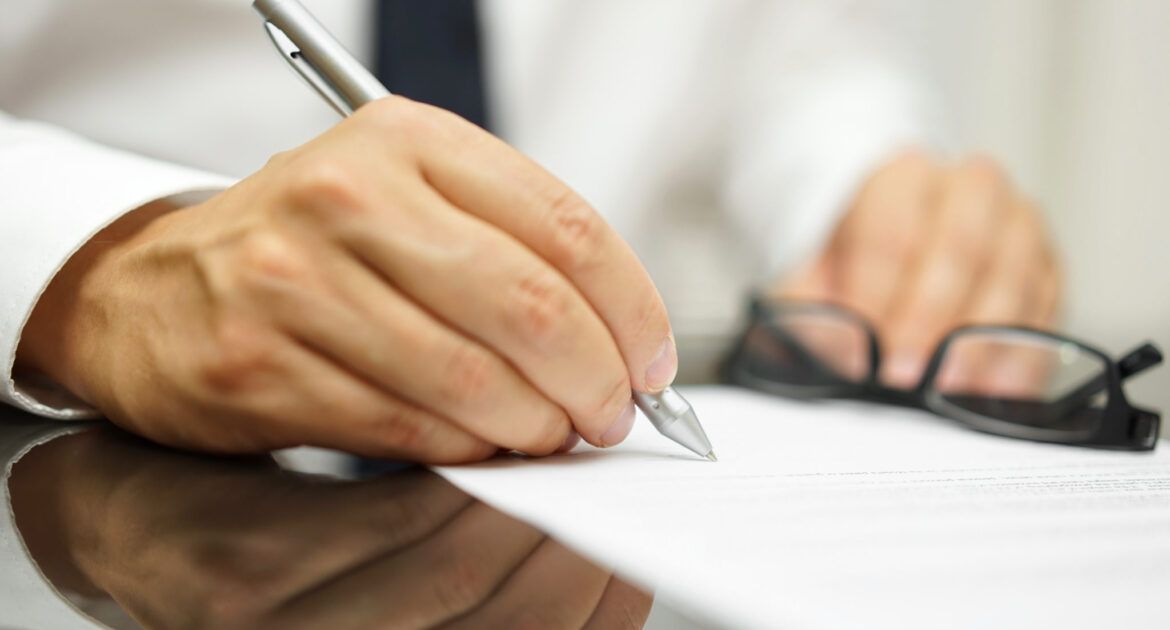Tips to Chair a Meeting Effectively.
1. What is the meeting for?
Is the meeting needed to gather information, to generate new ideas, to explore options in detail, or to make decisions? Or perhaps it is some combination of the above?
Is the meeting needed at all? Meetings cost money. Estimate the combined annual salaries of the people attending, divide by one-thousand, and this will give you a rough hourly ‘full economic cost’ for the meeting. Your Finance Office can give you a more accurate figure. Is holding the meeting the best possible use of this money?
2. Planning
Remember the simple stuff – not just who should attend, when, and for how long, but room bookings, tea & coffee, or lunch for example. Decide whether you want people to have coffee as they arrive for the meeting or as a ‘coffee break’ during the meeting. The first option is better unless the meeting is likely to run for more than an hour-and-a-half. Identify who will take the minutes for the meeting.
For a formal meeting, let participants know that documents should be submitted before the meeting, to give people a chance to read them rather than trying to do this during the meeting.
Write and distribute a draft agenda with any documents. The agenda should include approximate timings for each item. Most people don’t do this, but writing estimated timings helps you to consider which items will take more, or less, discussion. It also gives you a better chance to keep things running on time.
It helps if you identify specific people to ‘lead’ each item on the agenda. Include their initials against each agenda item as ‘(AB)’, or use ‘(all)’ if appropriate.
When you distribute the draft agenda, invite people to suggest other items for it. If they have specific issues they want to discuss, it is better to know about these beforehand rather than having them sprung on you at the meeting.
3. Running
Depending on the meeting, it may be worth asking people to introduce themselves. Two or three sentences each should be sufficient – set an example by introducing yourself this way. Note any ‘apologies for absence’ from those unable to attend. You may also wish to ask people to turn their phones off. And do please remember to turn off your own phone – especially if you have made a point of asking others to do so.
If one person starts to take over the discussion, a phrase such as ‘Thank you – I’m keen to hear what others think’ may be a polite way of telling them to shut up. An alternative is to ‘go round the table’ to collect views from everyone. Don’t deliberately pick on quiet individuals – they may be embarrassed by being put in the spotlight, particularly if they don’t want to say anything about that particular agenda item.
If someone suggests actions that need to be done, don’t automatically ask them to do them. Ask for volunteers. The person raising the point may well volunteer, but others will not necessarily be keen on raising issues if they think this automatically leads to them being asked to do any work required.
Don’t stifle dissenters; they may have useful contributions to make. Where people raise negative points, keep the discussion constructive. ‘It won’t work because…’ is perhaps best responded to by ‘That’s an interesting point – what is the best way to overcome that difficulty?’.
If you feel strongly about a controversial issue, you may wish to consider asking someone else to chair the meeting for that agenda item. A chairperson should remain neutral – or at least behave in a way that gives all views a fair hearing – during a discussion of controversial issues.
If a meeting is held to discuss a draft report, do avoid writing text by the committee during the meeting. Ask the report author to note any comments made during the meeting, to revise the text as appropriate, and to circulate a revised version by email.
You may wish to set a deadline for other people to send comments to the author so that people have a chance to raise things they only spot after the meeting. This also reduces the chance of them complaining about the report at a later date.
Try to reach decisions by consensus. Voting can be a quick way to make decisions, but it can be divisive, forcing people to take sides rather than developing a solution acceptable to everyone.
Summarise at the end of each agenda item. Include agreed actions, with people responsible and timescales, in your summary.
Remember to thank any people who have been invited to attend just for the specific agenda item.
4. Closing
Do try to close the meeting at the scheduled time. This will help your professional reputation and will reduce the chance of people drifting away in ones and twos to attend to other commitments. Remember to leave a few minutes available at the end of the meeting for ‘any other business’.
And ensure that the minutes are circulated soon after the meeting before people forget what was discussed.
Related articles:
5 Skills You Need to Become a Lecturer in Higher Education
Three Tips to Spend Less Time on Emails





Thanks for this tips.